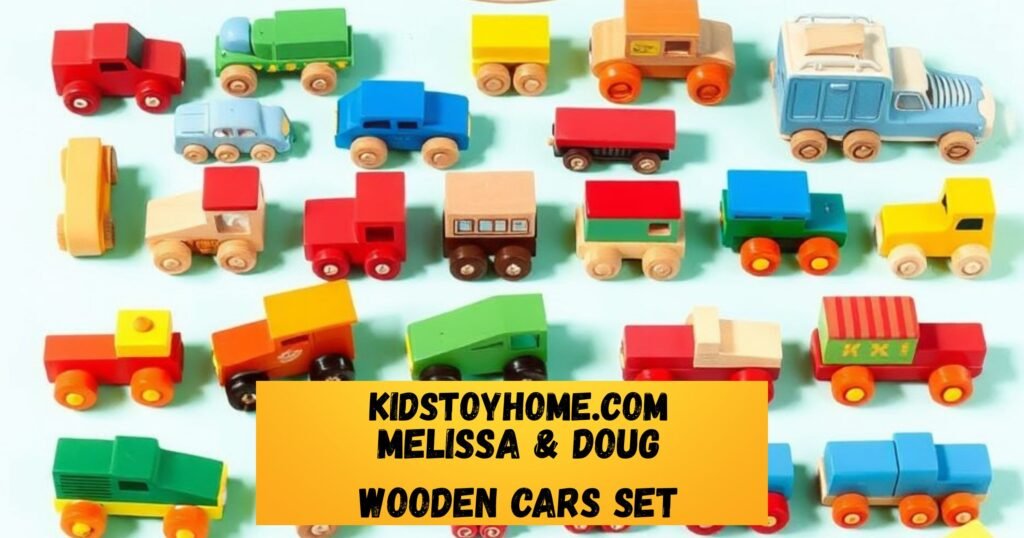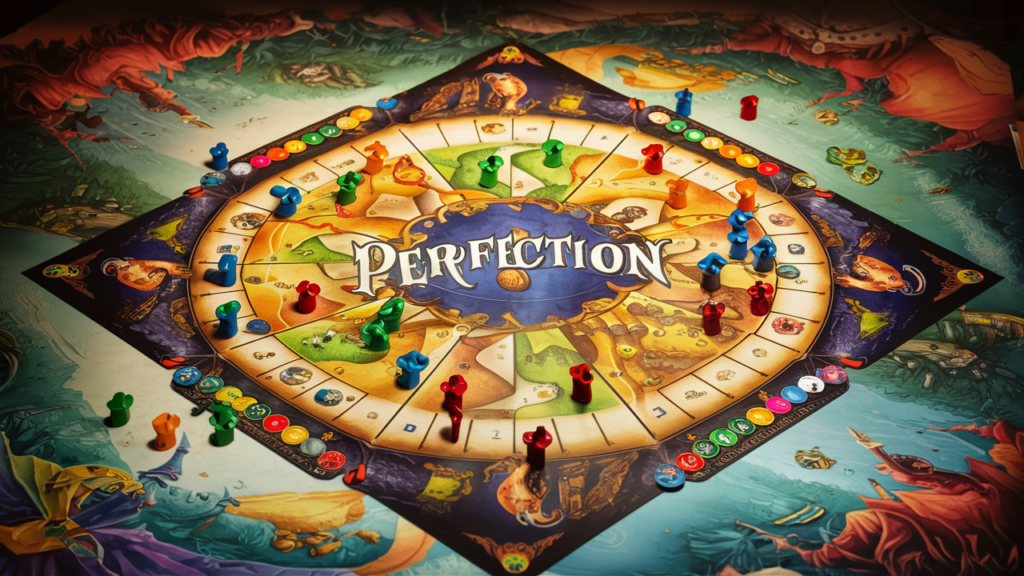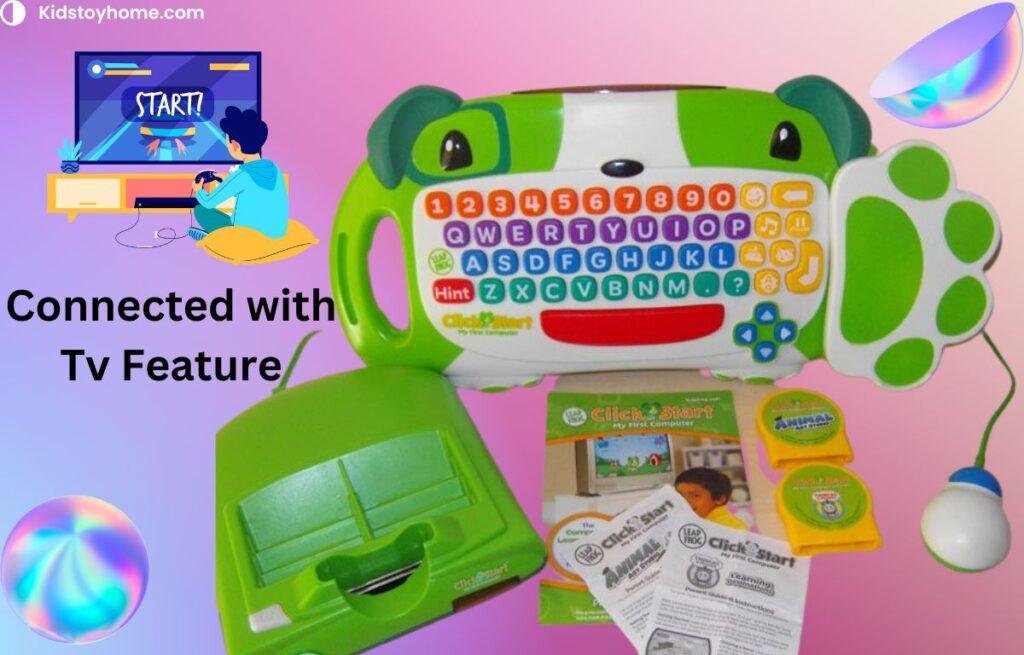It’s crucial to teach kids how to tell time since it helps them become more responsible, independent, and able to manage their time. There are a lot of things that kids need to learn, like the difference between analogue and digital clocks, how to tell time, and their daily routines. Because of this, many parents and teachers may not know where to begin or how to keep youngsters interested. This tutorial will teach you everything you need to know about teaching kids how to tell time, including helpful tips and resources for each step.
What Should Students Learn First About Clocks That Are Both Analogue and Digital?
When you educate youngsters about time, one of the first things you need to do is choose between analogue and digital clocks. Both are important, but starting with analogue clocks could help you have a better concept of what time is.
Why Should You Choose Analogue Clocks First?
Kids can tell how much time has passed by looking at an analogue clock. The hands on the clock face indicate how seconds, minutes, and hours all work together. This graphic is really helpful for figuring out how long it’s been and what “quarter to” and “half-past” signify. You can make learning using analogue tools more fun by employing items like moving clock hands. Kids can move the hands around to show different times, which helps them learn better.
When to Begin Using Digital Clocks
You can show youngsters digital clocks to help them learn how to tell time more accurately once they understand how analogue clocks work. Kids can learn how to read times like 3:30 and 8:45 and figure out which one is later. This is also a great time to teach kids how to read the 12-hour and 24-hour clocks.
What Do Hours, Minutes, and Seconds Mean?
Before kids can tell time well, they need to know how time is divided. Kids will be able to understand more difficult ideas later on if they learn these basic units.
For instance, most kids need to learn about seconds as the shortest unit of time. You can show seconds by doing things like counting while you jump or clap.
Tell them that a minute is made up of 60 seconds. Teach kids how long things take by letting them count to 60 while they do things like brush their teeth.
Hours: Show how the hour changes every hour with a clock and that one hour is equal to 60 minutes. Young learners can better understand these concepts by timing a little task or using a stopwatch.
In the Morning or in the Evening – For Kids, This Is What It Means
When kids first hear “AM” and “PM,” they might not comprehend what they mean. You can help children understand these phrases better by using them in your daily life.
Talk about how AM is the time between midnight and noon. Some activities are getting up, eating breakfast, and going to school.
PM: The time between noon and midnight is called PM. Kids can utilise activities like bedtime, homework, or dinner to help them get this idea.
A Helpful Hint
Make a graphic daily schedule with activities listed under “AM” and “PM” headers to assist kids comprehend how time passes during the day.
Things for Kids in Grades 1 and 2 to Do to Learn How to Tell Time
Kids in grades 1 and 2 are usually ready for more organised activities that teach them about time. This age group loves games and activities that they can do with their hands.
Time to Learn – Things to Do That Are Fun:
- Sketch the clock: Give them a blank clock face and tell them to draw the time you say, such 3:00 or 5:30.
- What time is it, Mr. Wolf? This classic game keeps kids moving and teaches them how to tell time.
- Make a poster with sections for the morning, afternoon, and evening. Have the pupils write down what they do every hour.
Kids can also stay interested and get better at telling time with engaging activities and apps.
Why Every Child Should Learn How to Tell Time Early
Kids can learn how to tell time in more than one manner. Reading a clock is only one of them.
Learning Important Skills
- Time Management: Teaching kids how to plan their time will help them get ready for school and do their daily chores. For example, utilising a timer while you work can help you stay on track.
- Being on time: Knowing what time it is helps you get into the habit of being on time for school or finishing your homework before dinner.
- Development of the mind: To figure out what time it is, you need to think analytically, which helps you solve difficulties.
- Independence: Kids feel more autonomous when they can check the time since they can make their own plans for the day.
Ten Great Books That Will Help Kids Learn How to Read Time
Stories are one of the best ways to teach kids about time. These are some wonderful books that will help you learn:
- “What Time Is It, Mr. Crocodile?” by Judy Sierra
- “Telling Time with Big Mama Cat” was written by Dan Harper.
- Eric Carle is the author of “The Grouchy Ladybird.”
- “It’s About Time, Max!” by Kitty Richards
- “A Second Is a Hiccup” was written by Hazel Hutchins.
- Robert E. Wells wrote “How Do You Know What Time It Is?”
- “Around the Clock with Harriet” by Betsy Maestro
- “Clocks and More Clocks” is a book by Pat Hutchins.
- Susan Stevens Crummel’s “All in One Hour”
- “My First Book of Time” was written by Claire Llewellyn.
You can read these stories to your kids before bed or use them in lessons to help them understand how time relates to things they already know.
How to Use Routines to Teach Time
Kids learn best when they can connect new ideas to things that happen in their daily lives. Use routines to help kids link timings with activities.
How to Use Routines to Teach Time:
- Put an alarm clock that you can see in the morning to wake you up. Talk about how long it takes to get ready for school.
- Use lunchtime in the afternoon to highlight the difference between “12 noon” and other times of the day.
- In the evening, talk about what to do before bed and set a time for each task, such cleaning teeth or reading a tale.
Younger kids might understand these principles better when they see visual schedules that explain what activities will happen each day and when.
The Finest Apps for Helping Your Toddler Learn How to Tell Time
Technology lets kids learn about time in engaging and interactive ways. Here are some of the greatest apps for making telling time fun:
- Endless Numbers is a game for preschoolers that teaches them how to count and tell time.
- Tic Toc Time: Teaches kids how to read a clock and tell the time.
- Interactive Telling Time: Kids of all ages can pick how hard they want the levels to be.
- Montessori Time: Teaches kids about time in little steps, starting with hours and working down to minutes.
These tools not only get kids who are good with technology involved, but they also help them learn in new ways.
Time Education Teaches Youngsters How to Be on Time and Responsible
Teaching kids how to tell time gives them skills that will aid them in life outside of school. You can assist youngsters learn to be responsible, on time, and independent by teaching them about time.
The Big Picture
- Kids learn how to arrange their day well by learning how to manage their time.
- They feel better about themselves when they do small tasks.
- They learn how to be on time, which is a skill that will serve them for the rest of their life.
Tip: Let youngsters set their own alarms or keep a simple calendar. These activities that entail doing things assist people learn to be responsible and stress the need to manage their time.
Final Words
It’s not enough to just display kids clocks and numbers to teach them how to tell time. It’s about teaching kids skills that will help them be responsible, confident, and independent for the rest of their life. The most important thing is to make learning interesting and useful. This is true whether you’re helping kids learn how to recognise the difference between analogue and digital clocks, understand time units, or stay on time by following daily routines. Giving your child age-appropriate tools, activities, and resources will help them do well in no time.





